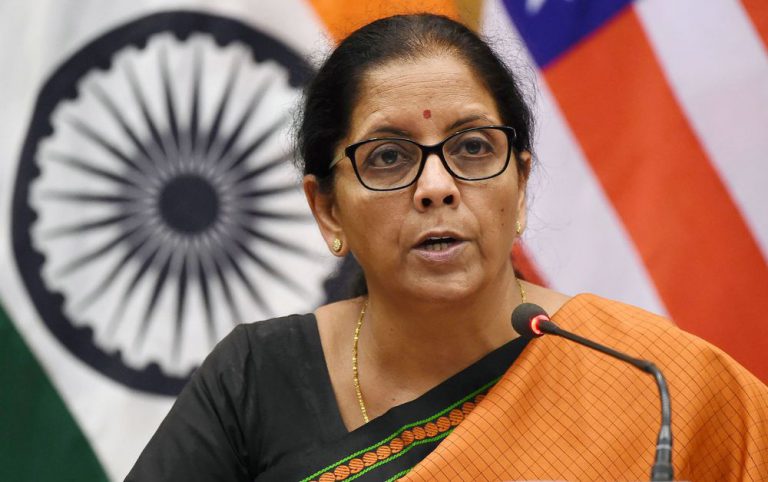
Finance Minister Nirmala Sitharaman on Sunday said the Centre has increased borrowing limits for states to 5 per cent from 3 per cent of their GDP for the ongoing financial year.
Announcing the fifth and final tranche of the Rs 20 lakh crore economic package announced by Prime Minister Narendra Modi, Sitharaman said states were already allowed to borrow 75 per cent of their authorised limit from March itself, of which only 14 per cent had been borrowed. States’ net borrowing ceiling for the current financial year is Rs 6.41 lakh crore, based on 3 per cent of gross state domestic product (GSDP).
“Of this, 86 per cent of authorised borrowing remains unutilised. Nevertheless, states have been asking for special increase in borrowing to 5 per cent from 3 per cent and we have allowed it only for FY21,” she stated.
“In view of the unprecedented situation, the Centre has decided to accede to the request. This will provide states extra resources of Rs 4.28 lakh crore,” she added.
Sitharaman specified that the borrowings will be linked to specific reforms, which will include Finance Commission recommendations.
“This is to ensure sustainability of the additional debt through higher future gross state domestic product (GSDP) growth and lower deficits; promote welfare of immigrants and reduce leakage in food distribution; increase job creation through investment safeguard the interests of farmers while making the power sector sustainable; and promote urban development, health and sanitation,” she enumerated.
The reform linkage will be in four areas — universalisation of ‘One Nation One Ration card’, Ease of Doing Business, power distribution and urban local body revenues. “A specific scheme will be notified by Department of Expenditure for this,” she added.
The Finance Minister explained that the first 0.50 per cent (i.e 3.5 per cent) will be given unconditional. After which, subsequent 1 per cent (i.e. 4 per cent) will be released in four tranches of 0.25 per cent, each linked to “clear, specific, measurable and feasible reforms.” And a further 0.50 per cent (4.5 per cent) if milestones in at least three out of four reforms are achieved.
Revenue deficit grants of Rs 12,390 crore were given to states on time in April and May despite the Centre”s stressed resources, she said.
She also informed that advance release of the State Disaster Relief Fund (SDRF) of Rs 11,092 crore happened in first week of April and a release of over Rs 4,113 crore from the health ministry for direct “anti-Covid activities” was also released.
At the Centre”s request, the Reserve Bank of India (RBI) has increased Ways and Means Advance limits of states by 60 per cent. Also, the number of days a state can be in continuous overdraft has been increased from 14 days to 21 days, the minister added, saying the number of days state can be in overdraft in a quarter has been increased from 32 to 50.